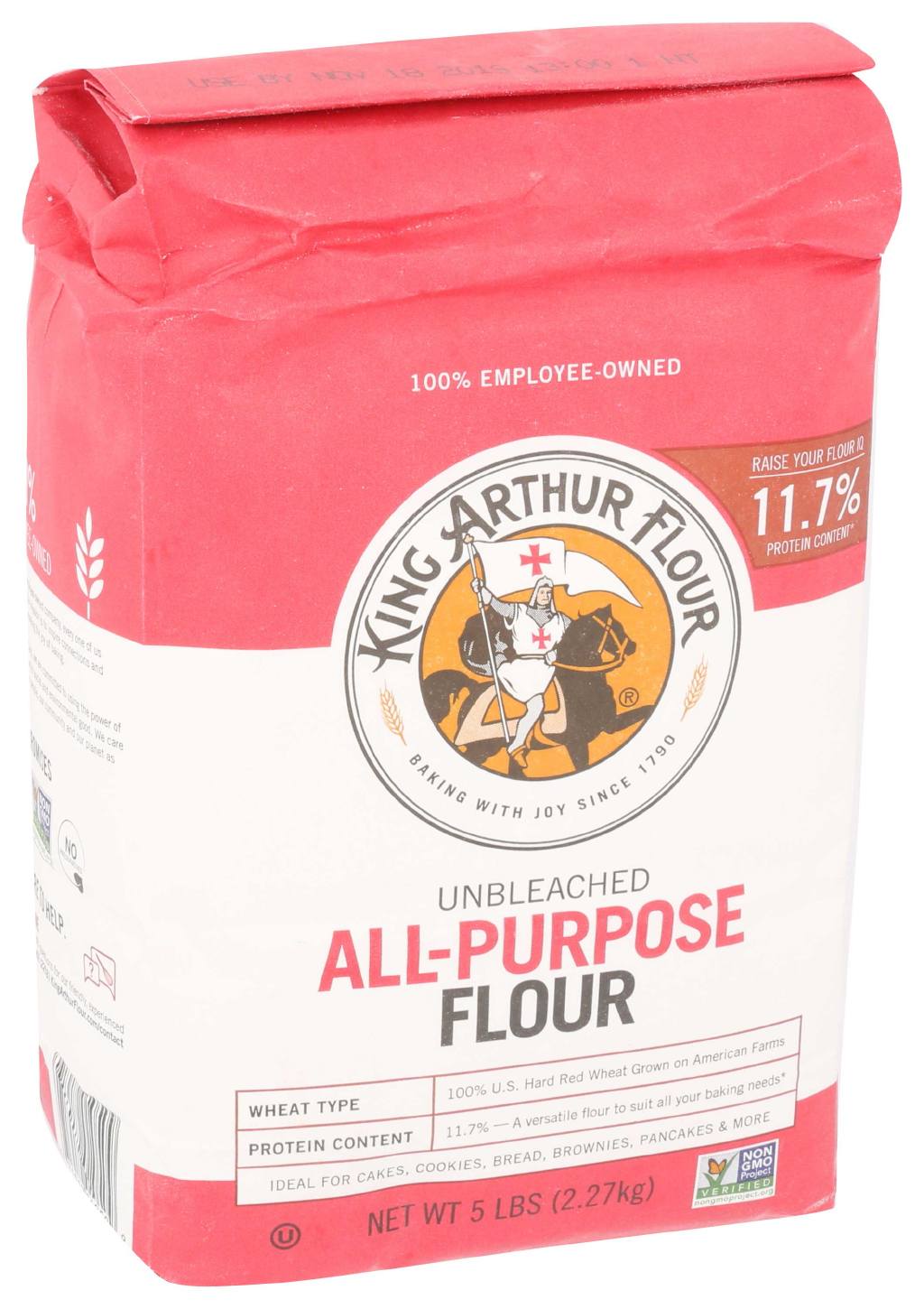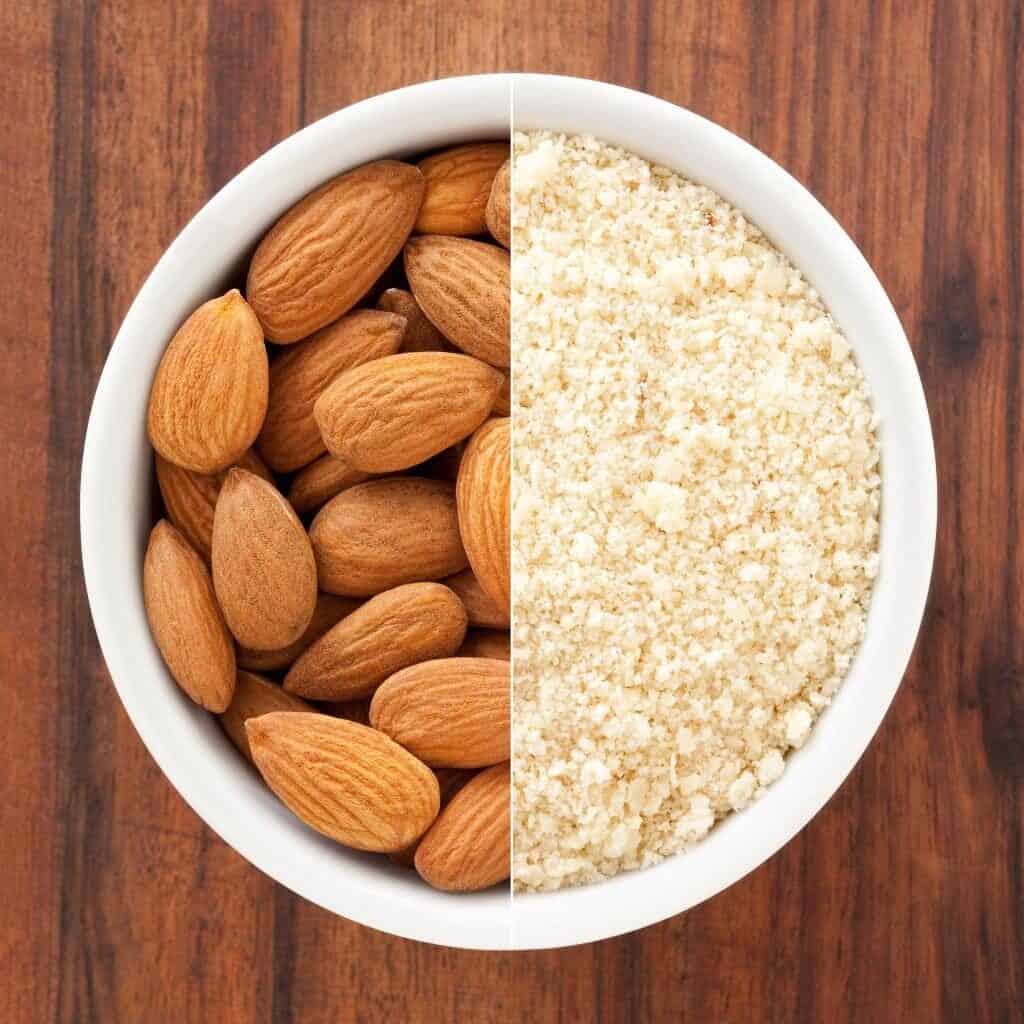Can You Substitute Almond Flour for All-Purpose Flour? The Ultimate Guide

As a passionate home baker, I’ve had my fair share of kitchen experiments, especially when it comes to flour. One day, while prepping for a baking session, I found myself staring at a bag of almond flour, contemplating whether I could substitute it for all-purpose flour in my favorite recipes.
This question has lingered in the air like the scent of fresh cookies, and I was eager to dive into the world of flour substitutions.
Let me take you on my journey through the realm of almond flour, exploring its unique properties, potential pitfalls, and how it can elevate your baking game. Spoiler alert: it’s not a straightforward answer, but that’s what makes baking so exciting!
Understanding the Basics: Almond Flour vs. All-Purpose Flour

Before diving into substitutions, let’s break down the two flours. Each has its own character, much like characters in a book, each with distinct strengths and quirks.
All-Purpose Flour: The Versatile Workhorse
All-purpose flour (AP flour) serves as the trusty sidekick in my baking adventures. With a protein content hovering around 10-12%, it strikes a balance between tenderness and structure. This flour has a mild flavor and can handle everything from cookies to breads to pancakes. It’s like that friend who can fit in at any gathering—reliable and adaptable.
Almond Flour: The Nutty Overachiever
On the other hand, almond flour brings its own flair to the table. Made from finely ground almonds, it has a slightly sweet, nutty flavor that adds depth to baked goods. However, it has a lower protein content (about 6–8%) and lacks gluten, the magical substance that gives dough its elasticity and structure.
Think of almond flour as the adventurous friend who tries to spice things up but sometimes needs a little help to keep up with the rest of the group.
| Flour Type | Protein Content | Best For |
| All-Purpose Flour | 10-12% | Versatile baking (cookies, breads) |
| Almond Flour | 6-8% | Gluten-free baking, cakes, cookies |
Can You Substitute Almond Flour for All-Purpose Flour?
Now that we’ve established the personalities of our flour friends, let’s get to the crux of the matter: can you really swap almond flour for all-purpose flour? The short answer is yes, but it comes with a few caveats.
The 1:1 Ratio Myth
Many recipes suggest a straightforward 1:1 substitution, but I’ve learned through trial and error that this approach can lead to unexpected results. Here’s what I discovered:
- Texture Changes: Since almond flour lacks gluten, your baked goods might end up denser and crumblier than you expect. While some recipes can handle this, others—like bread—might need a bit more finesse.
- Moisture Absorption: Almond flour is a moisture magnet. It absorbs liquid differently than all-purpose flour, so your recipes might turn out dry if you don’t adjust the liquid content accordingly.
- Flavor Differences: Almond flour carries a distinct nutty flavor that can complement many recipes, but it may not work well in every dish. For example, using it in a chocolate chip cookie recipe might create a delicious result, while a classic vanilla cake could end up tasting more like a nutty dessert.
Adjustments to Consider
If you’re determined to swap almond flour for all-purpose flour, here are a few adjustments to keep in mind:
- Reduce the Liquid: Since almond flour absorbs moisture differently, consider reducing the liquid ingredients by about 25%. This small tweak can make a big difference in texture.
- Add an Egg: If you’re making something that requires binding, like cookies or muffins, consider adding an extra egg to help provide structure. The egg acts like glue, holding everything together while adding moisture.
- Mix with Other Flours: For a balanced texture, try mixing almond flour with another gluten-free flour, like coconut flour or tapioca flour. This combo can create a more versatile blend that mimics all-purpose flour’s behavior.
My Baking Experiments
Eager to test my theories, I embarked on a baking adventure using almond flour as a substitute for all-purpose flour. Here’s how it unfolded:
Recipe: Almond Flour Chocolate Chip Cookies
Ingredients
- 2 cups almond flour
- 1/2 teaspoon baking soda
- 1/4 teaspoon salt
- 1/4 cup coconut oil (melted)
- 1/4 cup brown sugar
- 1/4 cup granulated sugar
- 1 large egg
- 1 teaspoon vanilla extract
- 1/2 cup chocolate chips
Instructions
- Preheat the Oven: I set my oven to 350°F (175°C), ready to bake up a storm.
- Mix Dry Ingredients: In a bowl, I combined the almond flour, baking soda, and salt, ensuring everything was well blended.
- Combine Wet Ingredients: In another bowl, I mixed the melted coconut oil, brown sugar, granulated sugar, egg, and vanilla extract until creamy.
- Combine Everything: Gradually, I added the dry mixture to the wet mixture, folding in the chocolate chips at the end.
- Scoop and Bake: I scooped the dough onto a lined baking sheet, spacing them out. After about 10-12 minutes, my kitchen filled with the aroma of chocolatey goodness.
The Result
When I pulled those cookies out of the oven, I could hardly wait to take a bite. The cookies had a golden hue, slightly crisp on the outside and chewy on the inside. The almond flour added a lovely nutty flavor that danced perfectly with the chocolate chips.
I was pleasantly surprised by how well they turned out, and I quickly devoured a couple before my family even got a whiff!
Exploring More Recipes
Encouraged by my cookie success, I decided to experiment further. Here are a few other recipes I tried using almond flour:
- Almond Flour Pancakes: Light, fluffy, and perfect for a weekend brunch. Just remember to adjust the liquid!
- Almond Flour Muffins: These turned out moist and flavorful, especially with added blueberries or bananas.
- Almond Flour Pizza Crust: This was an adventure! I combined almond flour with mozzarella cheese and eggs for a low-carb crust that held up surprisingly well.
| See also: Is It Possible to Make Perfect Fried Chicken with All-Purpose Flour? |
Troubleshooting Common Issues
Despite my success, I encountered some challenges along the way. Here’s a table to help troubleshoot common problems when substituting almond flour:
| Issue | Possible Cause | Solution |
| Cookies are too crumbly | Lack of gluten | Add an extra egg to help bind the mixture. |
| Baked goods are dry | Too much almond flour, not enough moisture | Reduce almond flour or increase liquid content. |
| Unpleasant nutty flavor | Recipe doesn’t complement almond flour flavor | Stick to recipes where almond flour shines, like cookies and cakes. |
| Baked goods spread too much | High fat content in almond flour | Chill the dough before baking to firm it up. |
Conclusion: A Flour Power Combination
So, can you substitute almond flour for all-purpose flour? The answer is a resounding yes, with a few adjustments. Embracing almond flour in your baking not only opens up a world of gluten-free possibilities but also adds a delightful nutty flavor to your creations.
Through my baking adventures, I’ve learned that experimenting with flour substitutes is like adding different colors to a canvas. You might stumble upon a masterpiece that surprises and delights you! Whether you’re a seasoned baker or a curious novice, don’t shy away from the challenge of mixing it up in your kitchen. Happy baking, and may your flour choices always rise to the occasion!






